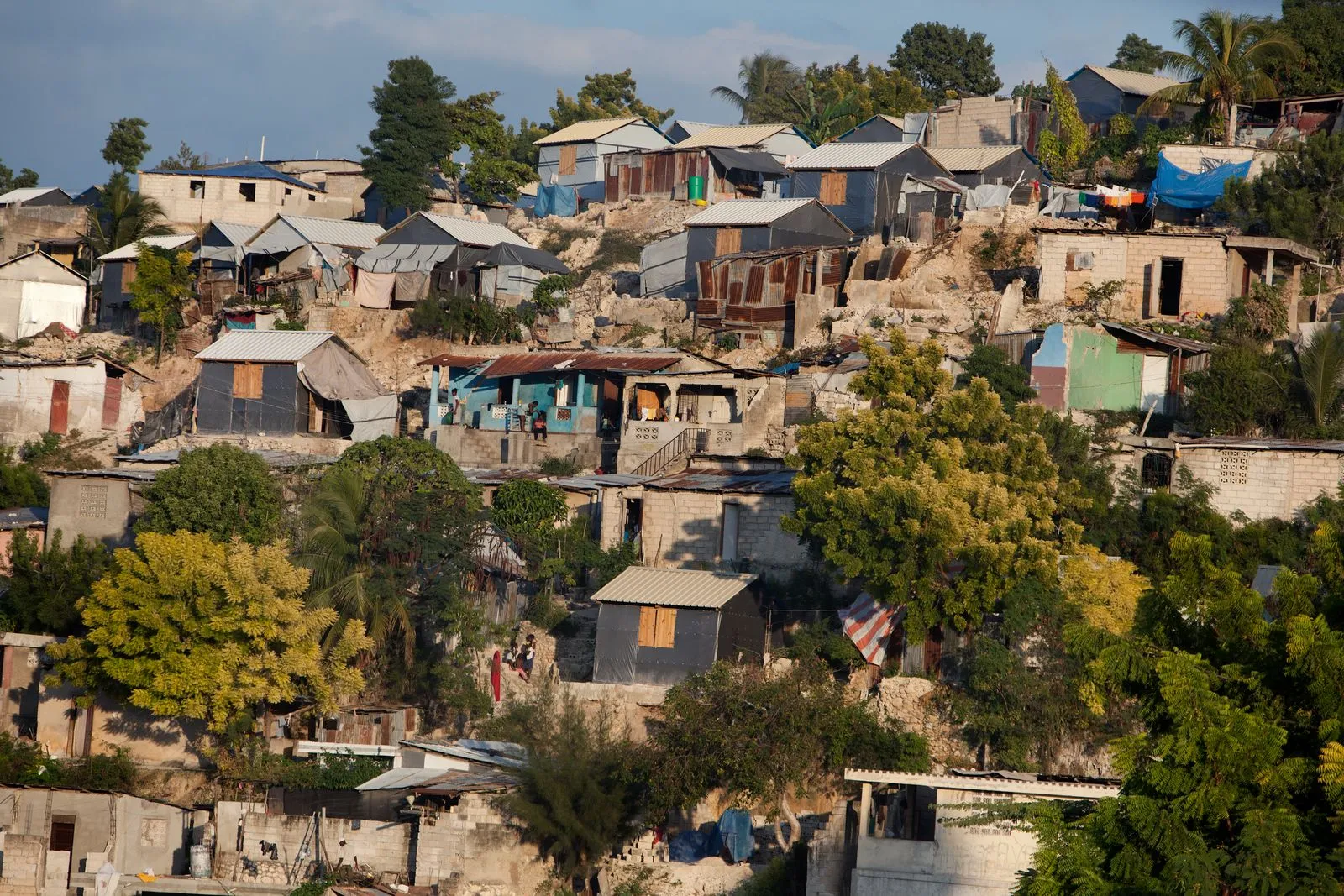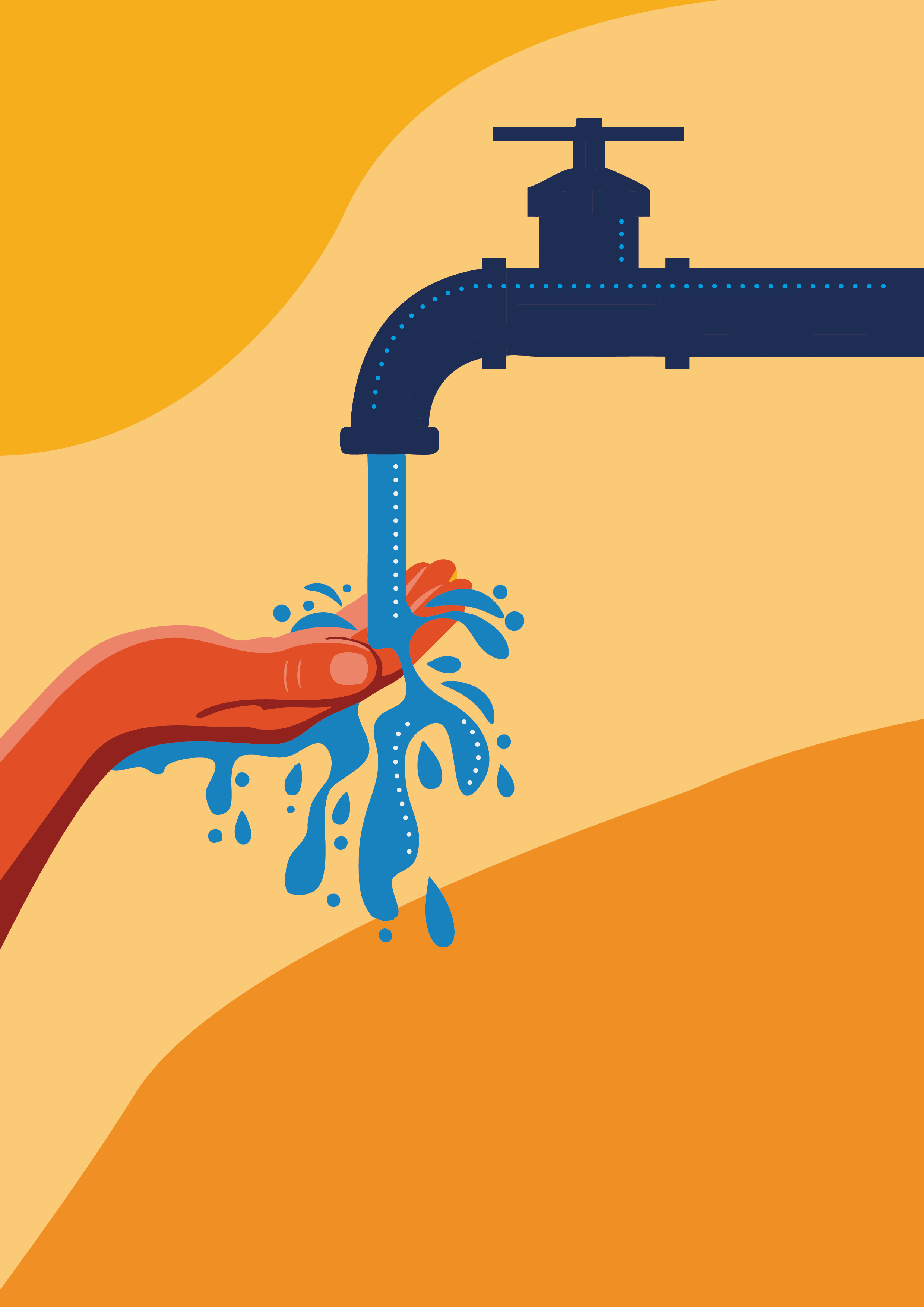Communicating Technical Evidence: supporting people making decisions about shelter after disasters

Mid-August saw our first project meeting since winning the HIF grant. A handful of us met at UCL where the usual term time bustle had given way to an sunny lull. I had just got back from working on an evaluation of five shelter projects implemented by a large American donor in Haiti. It had been a year since my last trip and the situation two and a half years after the earthquake, captured in this NY Times article the same week, was a reminder that there are vast swathes of the population still making do with scant recourses and no concerted communication on safer housing even after $500m has been spent, mainly on more than 125,000 Transitional Shelters. This certainly added impetus to our meeting as we hurried through the empty university.
This project has had a long gestation. I started to draft a proposal in the autumn of 2011, while I was still reeling from 18 months of going backwards and forwards to Haiti as CARE UK’s Shelter Field Advisor. Many things kept niggling me about the work in Haiti. The first was how easy it was to forget that for many people recovery had started the next day. One afternoon about 6 months after the earthquake, I was driving home with a colleague. We had been working together for months, on and off, but for some reason that day he started talking about the 12th January. He let slip in an off-hand, abashed way that his neighbour’s children had been trapped under a slab and that everyone able-bodied had tried in vain to dig them out. Then he had come up with the idea of using car jacks to prop up the collapsed slab so they could reach inside. Incredibly, one of the children was hauled out alive. It wasn’t that I was surprised by his instinct to rescue or his ingenuity while the dust was still swirling it was the contrast between how vivid and real this suddenly made the aftermath for me and his telling of it as just an aside, something commonplace. But of course that was what happened everywhere. People did whatever they could to get their families under cover straight away and they kept at it in the weeks that followed: blocking out the rain with the plastic sheeting distributed by aid agencies, setting up stalls outside so they could go back to selling food and even moving back into damaged housing, if their fear was subsiding. This led to the second nagging concern: how could people returning to damaged housing or starting to repair or rebuild quickly have been supported by the engineering community? At the time, it was hard to find easy-to-digest data on hazards, types of housing and how it had been damaged or the relationships between damage and the places where and means by which people built, bought or rented housing before the disaster. This was hard in spite of the resources we had at our disposal: vehicles to get our teams out doing assessments and talking to people privileged access to coordinators, donors and some parts of government fast internet to scour satellite images and dig up research on earthquakes. But what information was made available to under-resourced local institutions and the households making day to day decisions about what to do next?
So these two things were on my mind as our meeting went on: how could we get something out of our collective experience, at a significant scale, that could be relevant to people recovering for themselves…
But we were already a microcosm of the shelter sector: we used different vocabulary, collected different information, presented it in different ways and were ever so slightly suspicious of each other’s motives. What is the motivation of Arup and UCL? Are we all, alongside CARE, working towards a humanitarian objective? Are we going to produce anything useful or end up repeating the generic lessons (not) learned? How can we get the wider humanitarian sector to see that engineers can help at a strategic level? How can our work have more mileage and be more useful? It was fantastic. We were already discovering that we’d never had a chance to ask each other these questions face to face in “peace time” and realising just how much data was being generated by Arup and UCL and which bits could not be absorbed into the humanitarian response early on.
Our next task is to map out the stuff that is already happening so we can start working out how to nudge it in the right direction…
Kate Crawford, UCL
Stay updated
Sign up for our newsletter to receive regular updates on resources, news, and insights like this. Don’t miss out on important information that can help you stay informed and engaged.
Related articles
.png)


Explore Elrha
Learn more about our mission, the organisations we support, and the resources we provide to drive research and innovation in humanitarian response.